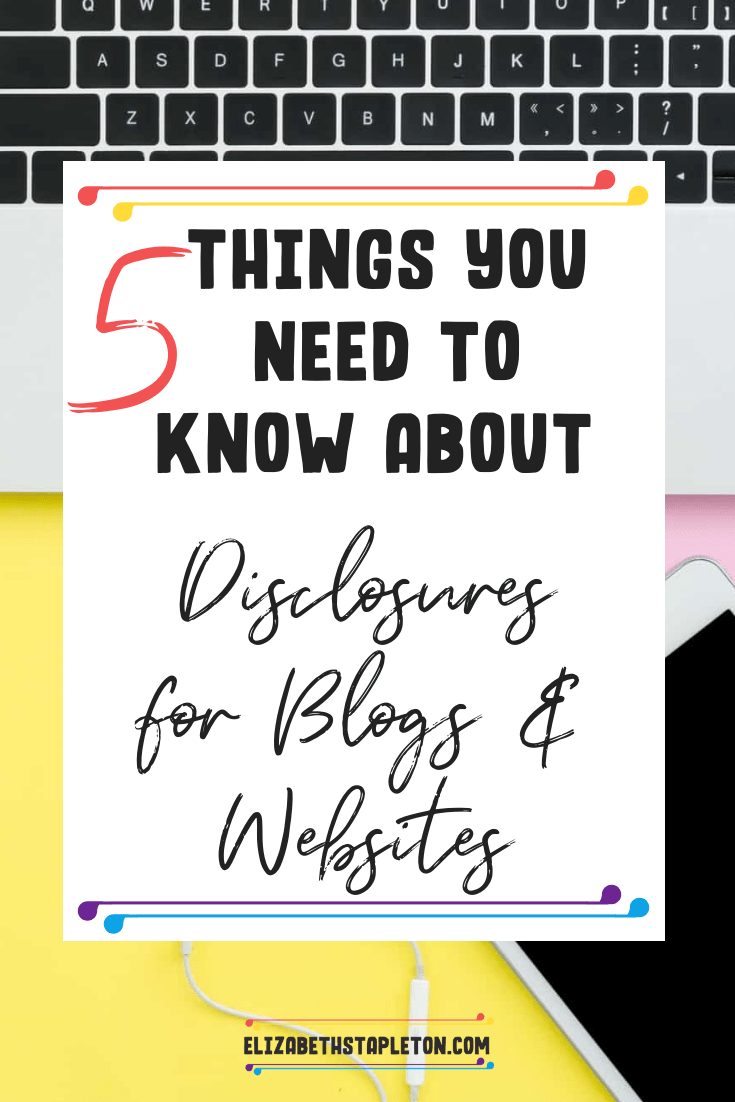Why (and how) You Should Start an Affiliate Program
Are you looking to boost your digital product sales? An affiliate program might be the key to accelerating your success.
However, setting up an affiliate program isn’t just about the rewards. It requires careful selection of technology, an understanding of the legal side of running an affiliate program, and a willingness to manage your program.
What is an affiliate program
If you sell digital products, then adding an affiliate program could help you generate more sales faster.
At its core and affiliate program rewards people for sharing your product with commissions. The amount of which you decide.
Customers or affiliate marketers – often content creators of some sort, sign up for your program and are given a special link that helps tie them to people they refer as buyers.
The trickiest part of setting up an affiliate program is finding the right tech. Ideally whatever tech you use to sell your products will have the functionality to run an affiliate program as well. Personally, I use Thrivecart and have the Pro version (and no monthly cost, thanks to the lifetime plan) so I could have an affiliate program for my products.
Many platforms that give you the ability to sell your products will have this functionality, or will integrate with a tool that will, however it may require you to upgrade to a higher tiered plan. So be sure your business is actually in a place where you can afford that additional financial cost.
Legal Requirements of Affiliate Programs
In the United States the Federal Trade Commission, known as the FTC requires that any affiliate relationship be disclosed before anyone can click on a monetized link.
You can read more about affiliate disclosure requirements here. Basically, if you have a financial interest in promoting a product, the potential buyer should know and so that is what the FTC rules are there for.
And to make sure you don’t end up with affiliates trying to take legal action, it’s important to have a terms and conditions policy specifically for your affiliate program.
What are Affiliate Program Terms and Conditions?
An Affiliate Terms and Conditions Policy acts as the rulebook for your affiliate program. It tells your affiliates what they can and cannot do when promoting your products. Some rules you have to have – like adhering to any laws you’re required to follow (for example, the FTC). Others you get to decide on…
- How much commission you’ll pay out
- When to payout commissions
- How long between the referral and the sale you’ll allow (Amazons is only 24 hours) to reward a commission
Just like your website terms and conditions policy is the equivalent of saying “my house, my rules” for your website, your affiliate terms and conditions policy is saying “my products, my rules” when it comes to sharing and marketing them.
My experience with running an affiliate program
I’ve had an affiliate program for my products for over 5 years. However, I can’t say I’ve done a fantastic job of running it, meaning keeping my affiliates up to date on promotions, etc. But that has changed this year…. More on that later.
Despite not being great at promoting my affiliate program or running promotions with my affiliates, in 2023, my affiliate program generated over $40,000 in revenue. I paid out $17,997 in affiliate commissions in 2023, my biggest year to date.

Which means I netted over $20,000 in profit from my affiliate program. That’s $20,000 in the bank, thanks to an affiliate program that I did a fairly mediocre job running.
Given the value of having an affiliate program for my products, I’ve invested in a membership to help me better run my affiliate program. So that at the very least, I email my affiliates monthly to let them know what is going on and motivate them with promotions and additional incentives.
A few things I have done well, is to have an onboarding email sequence to help my affiliates become familiar with my program and the promotion resources I offer. I also created some automations to help pull in my affiliate’s IDs so that I can include their personal affiliate links in emails I send out.
Little by little my affiliate program gets better each year, and my affiliate program’s terms and conditions help keep it running smoothly.
Additional Resources that help with running an affiliate program
These are the resources I’ve used to help me up my affiliate program game:
- My Affiliate Program Terms and Conditions Template
- Affiliate Program Management: An hour a day – Get it on Amazon
- Affiliate Program Toolkit from Zoe Linda
- Affiliate Amplify from Zoe Linda
Elizabethstapleton.com is a participant in the Amazon Services LLC Associates Program, an affiliate advertising program designed to provide a means for sites to earn advertising fees by advertising and linking to Amazon.com


